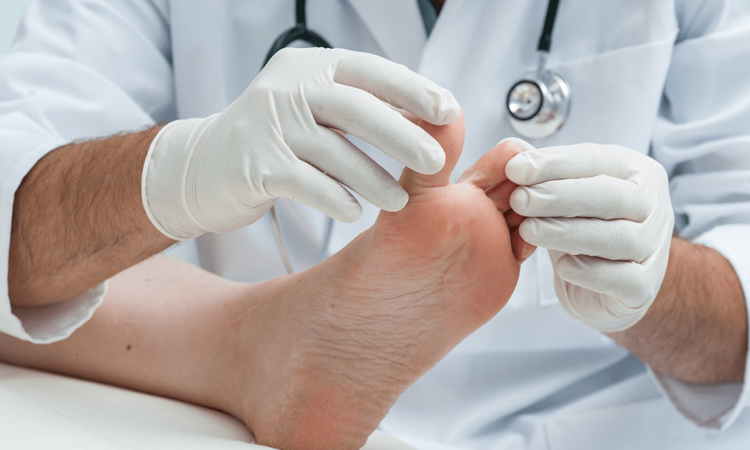
Managing foot conditions in patients with Lyme disease can be challenging. Podiatrists play a crucial role in this process. They focus on addressing issues like joint swelling, pain, and mobility problems. For example, consider The Woodlands bunions. These can worsen with Lyme disease, making expert care essential. By working with podiatrists, individuals receive tailored treatments that improve foot health and overall well-being.
Understanding Lyme Disease and Its Impact on Feet
Lyme disease is a tick-borne illness that can affect various parts of the body, including the feet. The bacteria from a tick bite can lead to symptoms like joint pain and swelling. These symptoms can complicate existing foot conditions or create new ones. The feet are particularly vulnerable because they bear the body’s weight and are used constantly in daily activities.
The Centers for Disease Control and Prevention (CDC) notes that early treatment is important to prevent complications from Lyme disease. Consistent care from podiatrists can help manage these complications effectively. Learn more about Lyme disease from the CDC.
The Role of Podiatrists
Podiatrists are specialists in foot health. They offer valuable support for those affected by Lyme disease. They help in several key ways:
- Diagnosing foot conditions related to Lyme disease
- Prescribing treatments to alleviate pain and improve mobility
- Providing guidance on lifestyle changes to support foot health
With their expertise, podiatrists ensure that foot conditions are managed effectively, reducing the risk of long-term damage. This is particularly important for conditions like bunions, which can become more painful in Lyme disease patients.
Common Foot Conditions in Lyme Disease
Several foot conditions can arise or worsen due to Lyme disease. Understanding these can help in seeking timely care:
| Condition | Symptoms | Treatment Options |
|---|---|---|
| Bunions | Pain, swelling, and redness at the base of the toe | Orthotics, footwear adjustments, or surgery in severe cases |
| Plantar Fasciitis | Heel pain, especially in the morning | Stretching exercises, orthotics, and anti-inflammatory treatments |
| Arthritis | Joint pain and stiffness | Physical therapy, medication, and lifestyle changes |
These conditions require a proactive approach. Timely intervention can prevent further complications and improve quality of life.
Collaborating with Other Healthcare Providers
Podiatrists often work with other healthcare professionals to provide comprehensive care. This team approach ensures that every aspect of a patient’s health is considered. For instance, rheumatologists may be involved for patients with arthritis-related symptoms. Coordination between specialists leads to more effective management strategies and better patient outcomes.
Harvard Medical School emphasizes the importance of integrated care in managing chronic diseases. You can read more about the benefits of collaborative care on the Harvard Health Blog.
Preventive Measures and Lifestyle Changes
Alongside medical treatment, lifestyle changes play a critical role in managing foot conditions related to Lyme disease. Simple steps can make a big difference:
- Wearing supportive shoes to reduce pressure on sensitive areas
- Engaging in regular, low-impact exercise to maintain joint mobility
- Incorporating anti-inflammatory foods into the diet
These measures can help reduce symptoms and prevent new issues from developing. Podiatrists can provide personalized advice based on individual needs and lifestyles.
Conclusion
Podiatrists are essential in managing foot conditions for patients with Lyme disease. They offer specialized care that addresses the unique challenges posed by this condition. By working closely with other healthcare providers and focusing on preventive care, podiatrists help improve the quality of life for their patients. Seeking timely and comprehensive care can make a significant difference in managing these complex issues.




